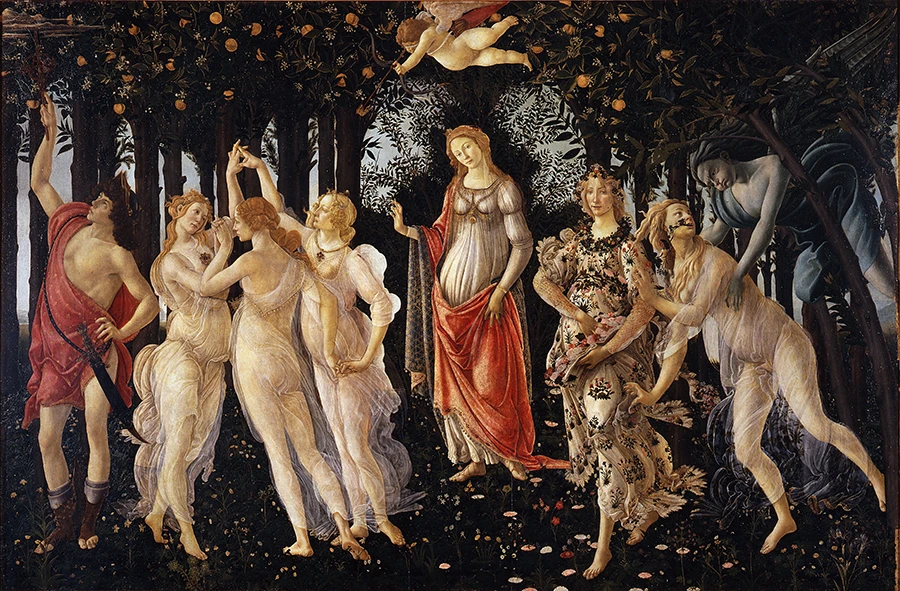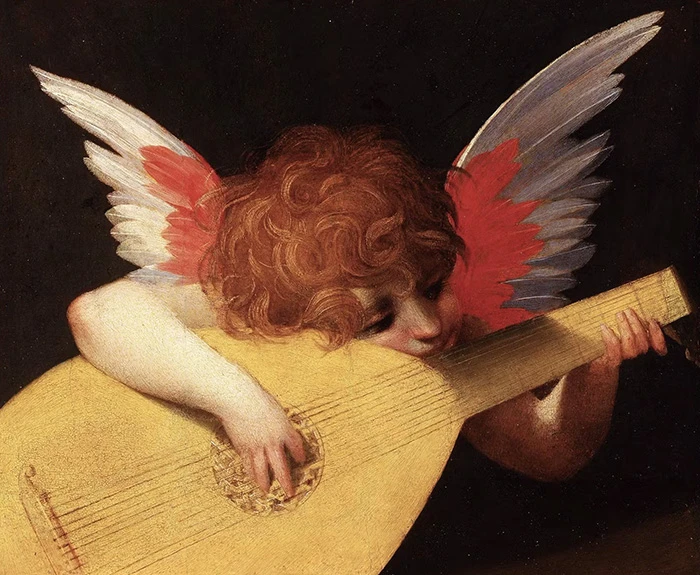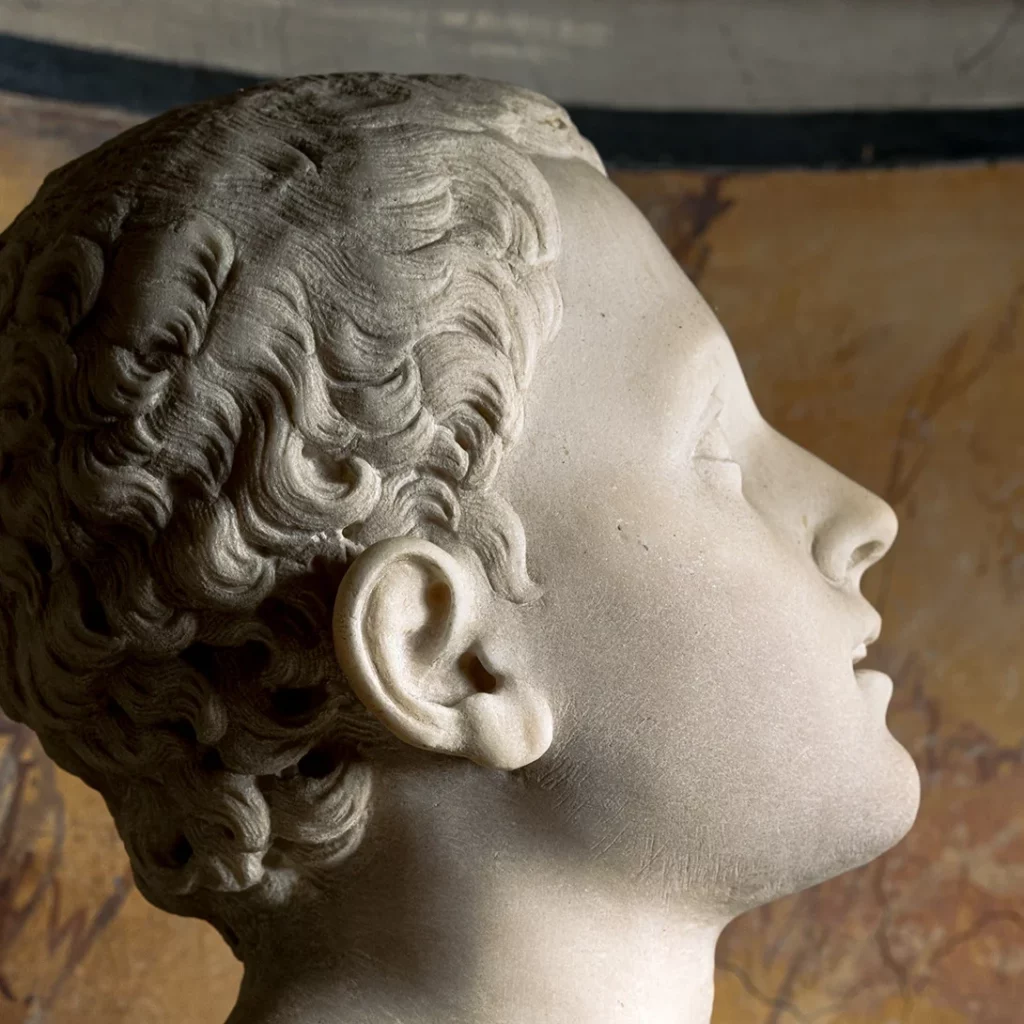- BY ISSIMO
- February 8, 2024
Museo Issimo: The Art Of Love
Let Italy’s most romantic artworks sweep you away

Welcome, lovers, to Museo ISSIMO – a virtual galleria where masterpieces of Italian art and design reflect our current musings and explorations. We have been well and truly swept up in the Valentine’s Day spirit, and we can confirm that art is certainly the language of the heart in Italy – especially when it comes to classical Renaissance and Baroque masterpieces.
From interpretations of mythology’s most loved-up couples, to sightings of dear Cupid with his bow and arrow, we’ve curated a lineup of some of Italy’s most romantic artworks. On that note, we invite you to put on those rose-coloured glasses, and lose yourself in these powerful and diverse depictions of love that have captivated viewers for centuries.
La Primavera (Spring)
Sandro Botticelli (1477-1482)
This early Renaissance masterpiece is brimming with symbols and motifs representing themes of love, marriage and fertility, painted by an artist who needs no introduction. Scholars have identified several key figures from Roman mythology in Botticelli’s allegorical scene, including Mercury, the Three Graces (Chastity, Beauty and Love), Flora (the goddess of spring) and Venus in the centre (with her winged son Cupid directly above her). Believed to have been painted by Botticelli for a noble Florentine marriage, the enduring legacy of this work is as romantic as it is mysterious.

Where to find it: Uffizi Gallery, Florence

Where to find it: Galleria Borghese, Rome
Venus Victrix
Antonio Canova (1805 -1808)
Don’t be surprised to see Venus springing up all over the place…she is the ancient Roman goddess of love after all! This life-size neoclassical masterpiece is actually a ‘portrait’ of Pauline Bonaparte (the younger sister of Napoleon) in the guise of the reclining goddess, who exudes an air of regal romance. Observe the marble sculpture’s subtle details and symbols that were cleverly incorporated by maestro Canova, including the apple in her left hand (believed to symbolise victory), the sheath of fabric covering her hips, and the gilded detailing on the lounge on which she rests. Experiencing it up close, you can quite literally feel the aura of elegance and romance that surrounds this piece.
Cherub Playing a Lute
Rosso Fiorentino (1521)

Where to find it: Uffizi Gallery, Florence
This sweet little oil painting is one of the first images that comes to mind when we hear the words ‘Valentine’s Day,’ and it’s not hard to tell why. No doubt you’ve seen it printed on greeting cards, chocolate boxes and notebooks all over the world, and it seems to capture the tenderness and warmth we feel when we’re in love! Maybe it’s the Cherub’s flaming red hair, its perfectly posed wings, or the way its head rests on the Lute…in any case, we’ll always have a soft spot for this little heart-warming Renaissance artwork.
The Triumph of Zephyrus and Flora
Giovanni Battista Tiepolo (c. 1732)
With its fleshy pinks and pastel blues, Tiepolo’s colour palette surely has to be one of the most romantic in art history. Painted in grand oval scale, this work is considered a masterpiece of the Rococo period. It depicts the heavenly union of the Roman gods Zephyr (god of the spring winds) and Flora (goddess of Spring), who rest together on a cloud surrounded by cherubs and Amor, the god of love. The uplifting tone of the piece and its exuberant colour contrast presents a vision of love that truly is triumphant.

Where to find it: Palazzo Rezzonico (Civic Museum), Venice
Divine Love
attributed to
Francesco Queirolo (late 18th century)


Where to find it: Museo Cappella San Severo, Naples
We can’t possibly round out our line-up without mentioning this mighty marble sculpture waiting to be discovered during your next visit to Naples. Divine Love, as the name suggests, is the artist’s personification of love itself, depicting the figure of a young man wrapped in a cloak looking up at the sky with a sacred flaming heart in his hand. This work reminds us that love is symbolised in many different ways; both in human and divine form.

